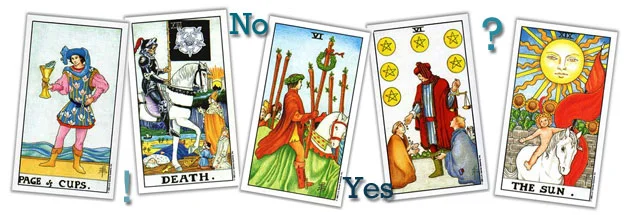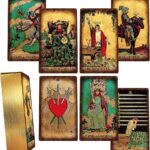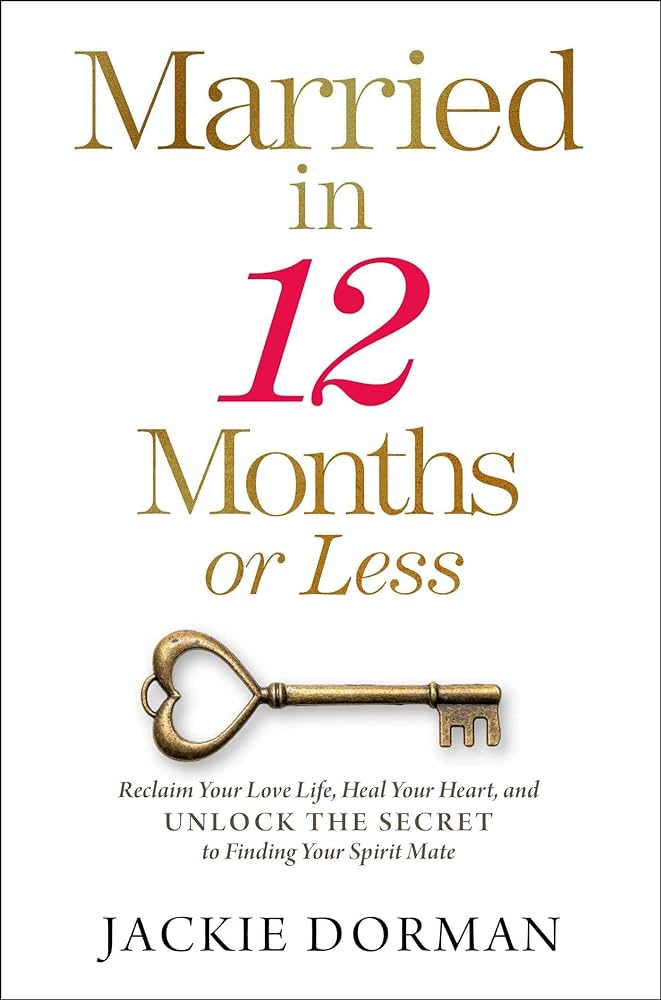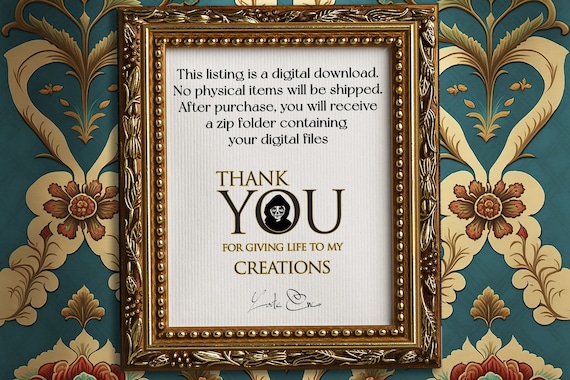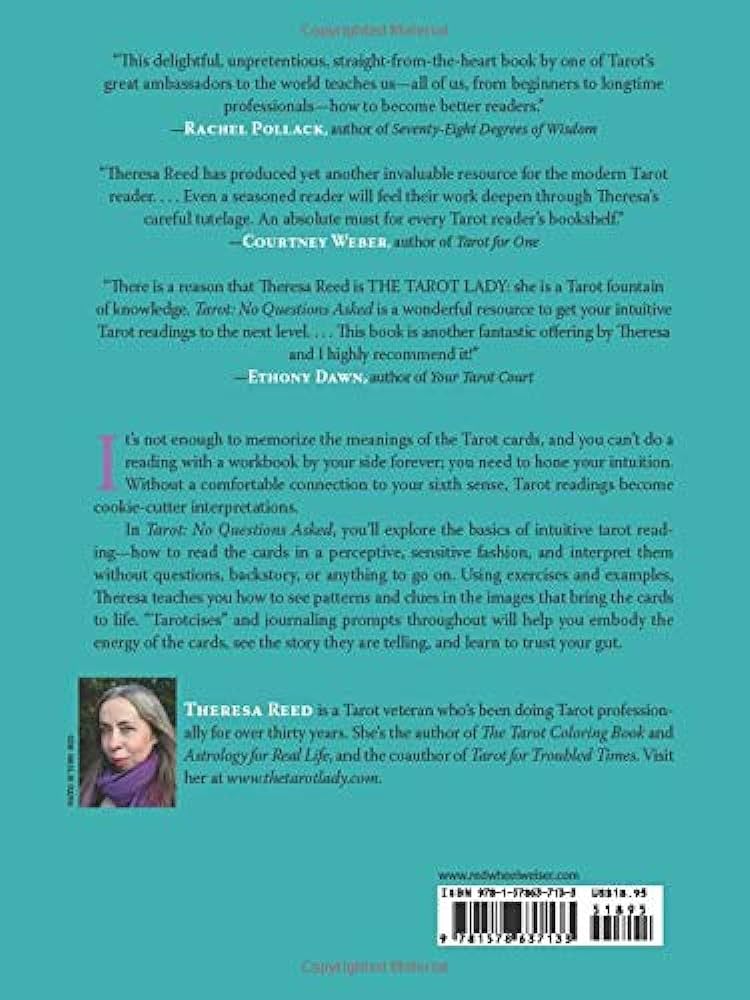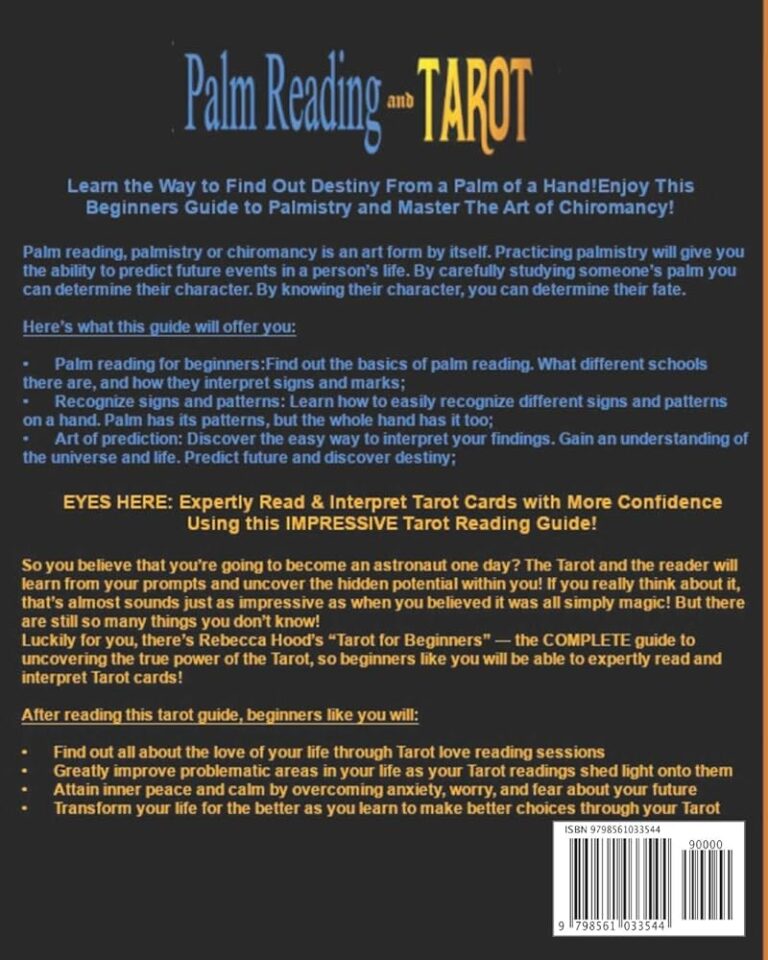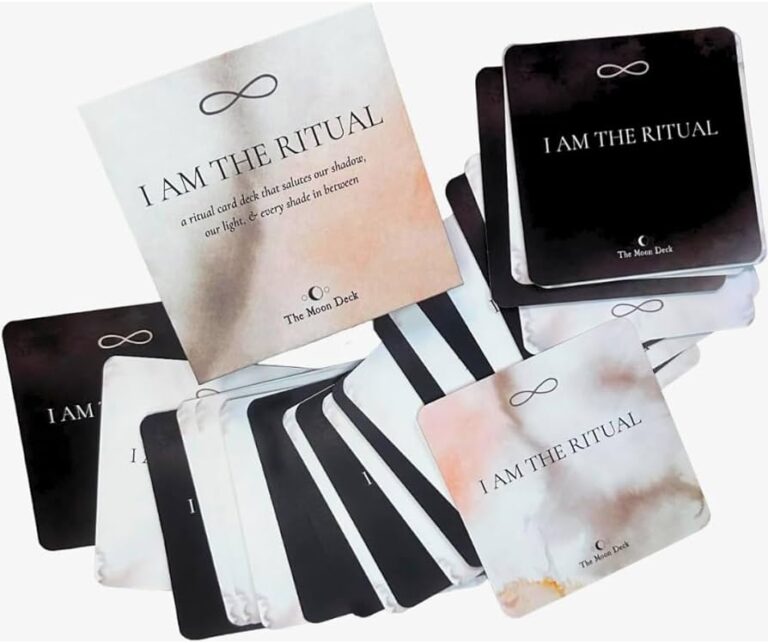How to Ask Tarot Yes Or No
Tarot cards have been a trusted source for guidance and introspection for centuries. While tarot readings often provide deep, layered insights, they can also offer simple and direct answers, such as “yes” or “no.” But how do you ask tarot yes or no questions effectively? Whether you’re seeking clarity in love, career, or a specific life decision, mastering this method is key to unlocking the tarot’s potential for straightforward guidance.
Understanding Yes or No Tarot Readings
A yes or no tarot reading is designed to answer specific, closed-ended questions. Unlike traditional tarot spreads, which delve into the nuances of a situation, yes/no tarot focuses on providing a concise answer. The clarity of your question is essential for the accuracy of the reading, making this method both simple and powerful.
Tarot cards like the Ace of Cups (yes) or the Five of Swords (no) often provide clear guidance. Similarly, a reversed tarot card can sometimes indicate a “no,” though this depends on the context and your interpretation of reversed tarot card meanings. The key lies in how you frame your question and interpret the card drawn.
How to Ask Tarot Cards a Yes or No Question

When asking a yes or no question in tarot, specificity is your greatest ally. The cards can only reflect the energy of the question you present. To get accurate yes or no answers:
- Be Clear and Direct: Avoid vague questions. Instead of asking, “Will my future be good?” ask, “Will I succeed in my current career path?”
- Focus on One Question: Keep it simple. Don’t combine two questions into one, like “Will I find love and financial stability this year?” Break it into two separate readings.
- Set an Intention: Before shuffling, take a moment to focus on your question. This allows you to connect with the cards and enhances their accuracy.
- Use a Yes or No Tarot Spread: Many readers prefer a one-card tarot reading for yes or no answers. Drawing a single card like the Ace of Swords (yes) or the Ten of Swords (no) simplifies the process.
Best Tarot Cards for Yes or No Readings
Some tarot cards naturally align with affirmative or negative answers. For example:

- Yes Cards: The Ace of Cups, Ten of Cups, and The Star often signal a positive outcome.
- No Cards: The Five of Swords, Ten of Swords, or The Tower Reversed might lean toward a “no.”
- Neutral Cards: Some cards, like The Hanged Man, may suggest a pause or reconsideration rather than a definitive yes or no.
The surrounding energy of the card, whether upright or reversed, can add more depth to your answer. For instance, the Ace of Cups (upright) in a yes or no love tarot reading often suggests a blossoming emotional connection, while the Ace of Swords (reversed) may warn of obstacles or miscommunication.
Tips for Accurate Yes or No Tarot Readings
- Understand Reversed Tarot Cards: Reversals don’t always mean “no.” Sometimes, they reflect delays, challenges, or the need to approach a situation differently.
- Stick to One Deck: Using a trusted deck like the Master Tarot Deck can help you build a stronger connection with the cards over time.
- Ask Follow-Up Questions: If the answer isn’t clear, ask for clarification. For example, if the first card is ambiguous, draw another card to refine the message.
- Incorporate Oracles: For an additional layer of accuracy, try a yes or no oracle reading. These tools are designed for precise answers and complement tarot beautifully.

Common Yes or No Tarot Spreads
While the single-card draw is the most popular method, other spreads can provide deeper insights:
- Three-Card Spread: Use this to weigh the pros and cons of your question. For instance, draw one card for “yes,” one for “no,” and a third for additional guidance.
- Pendulum Spread: Combine tarot with a pendulum for a yes or no answer and additional clarity.
- Eva Tarot Method: Inspired by online tarot readings, this approach uses cards and digital tools for live yes or no tarot sessions.
Examples of Yes or No Tarot Questions
Here are examples of how to ask yes or no questions in tarot effectively:
- Will I get the promotion I’m hoping for?
- Is this relationship worth pursuing?
- Should I move to a new city this year?
- Will I achieve my financial goals in the next six months?
- Is this the right time to start a new business venture?
Online and Live Tarot Yes or No Readings
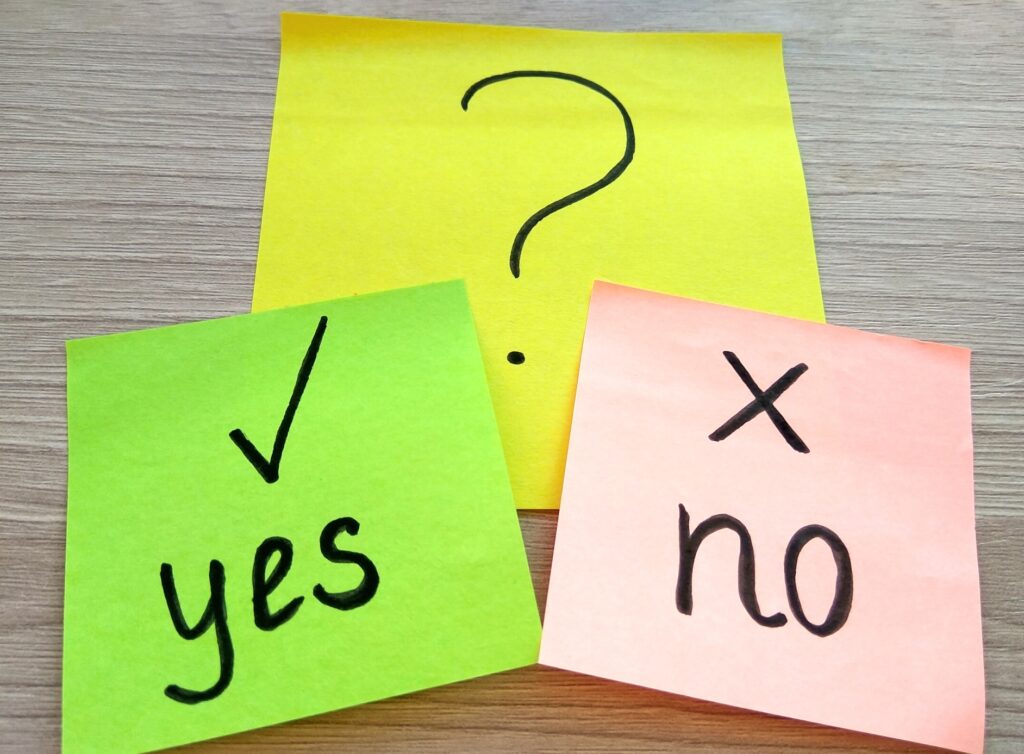
If you’re new to tarot, online platforms like Eva Tarot or Dream Tarot YouTube channels can provide quick and accurate yes or no readings. These services often feature live tarot yes or no sessions or specialized spreads for love, career, and life decisions.
Final Thoughts
Learning how to ask tarot yes or no questions is a skill that combines intuition with focus. By framing clear questions, choosing the right spreads, and understanding the meanings of tarot cards (both upright and reversed), you can unlock the power of accurate yes or no readings. Whether you’re consulting a deck in person or exploring tools like online tarot readings, this method offers practical, straightforward guidance for life’s most pressing questions.
Embrace the clarity of yes or no tarot and let the cards illuminate your path!

